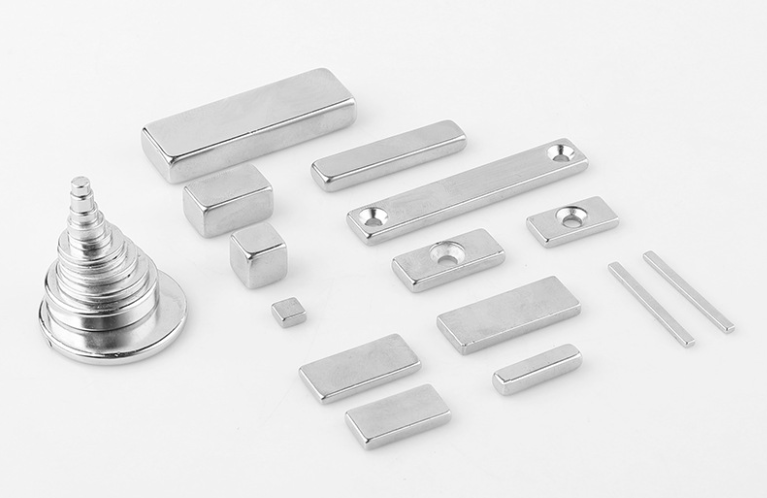A few days ago, I introduced N35 vs N52 Grade Neo Magnets [Strength Price Application] to you. Today, I will continue to introduce the magnetic differences between N35 and N38 magnets that interest you? What are the differences?
1, n35 and n38 grade magnets magnetic force difference how many?
The difference in magnetic force of rare earth neodymium magnets depends on the specific specifications and application conditions of the magnetic force levels (N35 and N38). N35 and N38 are common magnetic levels of permanent magnet materials, indicating the magnetic strength of the magnet. Generally speaking, the higher the magnetic force level, the stronger the magnetic force.
However, the specific magnetic differences depend on factors such as the size, shape, and material quality of the magnet. The magnetic force of the same level of magnet varies with different sizes and shapes. In addition, the magnetic force of a magnet is also influenced by factors such as environmental temperature and surrounding magnetic field.
Therefore, to accurately determine the magnetic force difference between N35 and N38 magnets, it is necessary to refer to specific magnetic test data or technical specifications for magnetic force levels. These data can be obtained through relevant information provided by magnet manufacturers or suppliers.
N35 and N38 grades can be processed in a variety of shapes;

2、N35 vs N38 Magnet [Strength Cost Gauss Application]
The main differences between N35 and N38 grade magnets are remanence, maximum magnetic energy product, and cost.
Magnetic Strength: N38 magnets are generally more powerful than N35 magnets. Class N38 magnets are capable of producing a larger magnetic field than Class N35 magnets and are therefore more effective at attracting and holding objects.
N35 magnet: residual magnetism 1.18 (T), coercive force 861 (KA/m), maximum magnetic energy product 263 (KJ/m3).
N38 magnet: residual magnetism 1.23 (T), coercive force 861 (KA/m), maximum magnetic energy product 287 (KJ/m3).
According to the different specifications of the magnet, the range of surface magnetic variation is large, ranging from a few hundred to five or six thousand Gauss!
Cost: N38 magnets are usually more expensive than N35 magnets due to their higher magnetic and performance. Therefore, performance requirements and budget constraints need to be considered when selecting magnet grades.
Difference between N35 and N38 in application; N38 grade neodymium magnets are typically used in applications that require stronger magnetic performance, such as motors, generators, magnetic sensors, etc. N35 grade neodymium magnets are used in some cost sensitive applications, such as consumer electronics, toys, packaging, etc.
It should be noted that the selection of neodymium magnet grade also depends on the specific needs and constraints of the application. In addition to N35 and N38, there are other different grades of heat-resistant neodymium iron boron magnets available for selection, each with its specific advantages and applicability. If you need help, please contact us.
 China Neodymium And Ferrite Magnets Manufacturer & Supplier
China Neodymium And Ferrite Magnets Manufacturer & Supplier 


